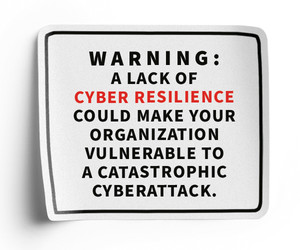Three Solutions to Mitigate Breaches
To truly prepare for cybersecurity breaches, local governments should seek guidance and expertise through a gap analysis and create an incident response plan. They can apply for federal grant funds to assist, and they can turn to a managed service provider who has technical expertise in what they may require.
Many small governments might not have enough technical knowledge to fully understand how to best prepare, and they may benefit from partnerships. A contractor can provide a part-time CISO who can help. While security requirements will differ from one enterprise to another, we see some common needs among many governments, particularly when it comes to three specific tools.
READ MORE: Here is how Microsoft Windows 11 helps to defeat ransomware.
First, local governments should consider acquiring an advanced email security solution. Governments often face cyberattacks through phishing, where a bad actor attempts to produce an email that looks official to entice a government employee to click a link. Once that link is clicked, a phishing attack can execute inside a government environment. Phishing attacks have really evolved in recent months due to artificial intelligence, so it is important to use a strong email security tool.
Second, governments should take care to protect access to their systems, and that usually begins with Microsoft Active Directory. Should Active Directory face a compromise, bad actors can shut down systems and cripple government operations.
Third, counties and cities should institute extended detection and response. By using XDR analysis and automation, cities can monitor their networks around the clock. XDR can quickly detect anomalies and breaches and stop an attack before too much damage occurs.













